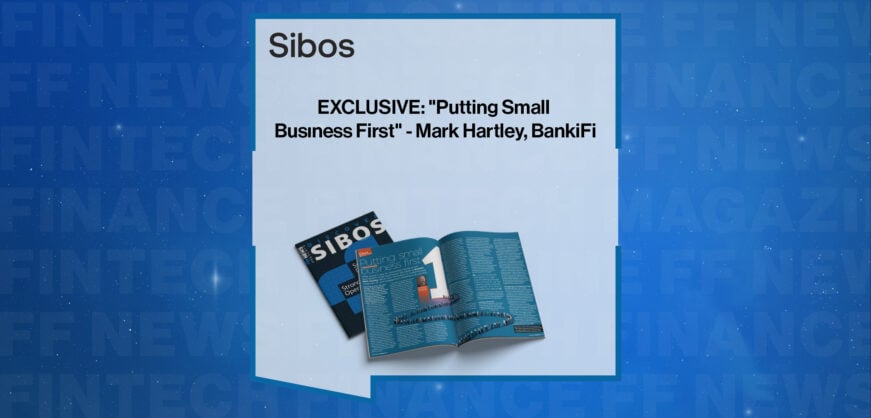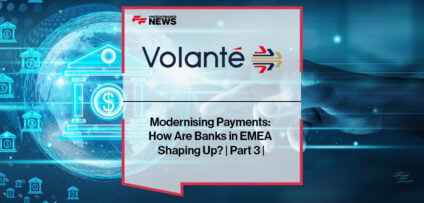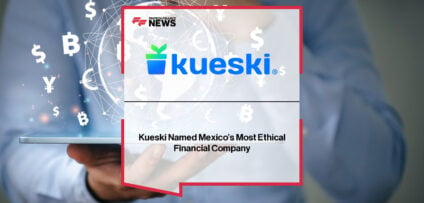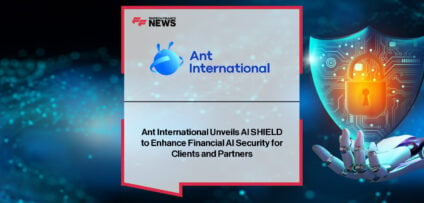Breaking News

How LEI Is Powering the Next Generation of RegTech and Cross-Border KYC
Introduction
Cross-border compliance has long been a tangled web of mismatched IDs, regulatory headaches and more. But what if a single global identifier could untangle it all and transform RegTech in the process?
That’s exactly what the Legal Entity Identifier is doing. This code uniquely identifies legal entities worldwide by offering a standardized way to verify identities in global finance. The LEI is becoming a cornerstone of modern regulatory technology by streamlining KYC processes and enabling automation. In a scenario where global financial ecosystems are growing more complex – LEI is simplifying trust and reshaping compliance for the better.
What Does LEI Mean?
A universal 20-character alphanumeric – think of it as a unique passport number, not for people, but for legal entities. Every LEI is linked to a large dataset that contains important identity characteristics: legal name, address, headquarters and more. Managed by Global Legal Entity Identifier Foundation – GLEIF and local operating units, the LEI registry validates and publishes the data in a globally consistent format.
RegTech: Where LEI Lights the Way
RegTech, short for Regulatory Technology, refers to the use of software and data tools to streamline compliance processes. Traditional compliance has long been shunned for the manual process of data gathering methods and high errors. Check out how LEI challenges those weaknesses:
Gives Automated Entity Resolution
The firms are often forced to resort to fuzzy matches or costly third-party services to connect the entity names to records without LEI. Implying it removes friction, like when you have the code, you have the entity. RegTech platforms regularly request LEI registries to eliminate any confusion and identify the counterparties in a timely manner. It also reduces false positives in screening workflows.
Ensures Global KYC Interoperability
Cross-border KYC requires the collection of disparate information and satisfies different jurisdictions. LEI acts as a standard key which lets companies share the identity of their entities, and this is what makes regulators satisfied. Instead of a manual process for aggregating documents, you can tap into up-to-date LEI data to verify consistency and speed up onboarding.
Focuses on Regulatory Reporting Simplicity
Modern regulations demand granular reporting – think: trade-level data with entity codes. The LEI ensures that every party in a transaction gets uniquely identified. RegTech systems incorporate LEI effortlessly into reports, which ensures conformity with regulations like the EMIR and MiFIR with less manual tagging and data errors.
Helps with Risk Management and Aggregation
Financial institutions have risk spread across suppliers, clients, and trading partners. LEI allows firms to consolidate exposure across subsidiaries or geographies. RegTech platforms use LEI to assign exposures to parent companies – even when you are dealing with dozens of LEIs under a single corporate group. This allows for the consolidation of risk measures and actionable alerts for counterparty leverage and exposure thresholds.
Cross-Border KYC: LEI as a Global Digital Passport
Opening a bank account at an overseas branch or onboarding a syndicate participant across borders traditionally required paperwork, translators and verification by a third party. LEI breaks the rules in a variety of ways:
Universal Recognition
An LEI registered in India or Germany is understood and trusted in Canada or Singapore. Firms do not need to collect separate national IDs or re-verify the same documents – just validate the LEI. This helps reduce duplication and saves time by reducing the administrative burden.
Efficient Control of Ownership Chains
Use cases like anti-money laundering and tax reporting usually require information about the beneficial ownership of the entity up to a specific threshold. LEI records contain information about the ultimate parent and ownership in a globally consistent structure. RegTech platforms can analyze these connections immediately, rather than manually making ownership chains.
Regular Monitoring
Business relationships are not static, and so are counterparties. LEI services provide real-time API access to data, and legal name changes or structure changes get instantly reflected. This means financial firms can automate risk monitoring and receive alerts on structural shifts. It can trigger KYC refreshes if thresholds (like a change of country of control) are breached.
Financial Ecosystem Transformation Beyond KYC
Smart Contracts & DeFi: In blockchain ecosystems, knowing who you are contracting with is critical. LEI can serve as a digital reference for counterparty identity in smart contracts, blending transparency with automation.
Data Enrichment & Analytics: Buying raw transaction history? Enrich your data with LEI to map transactions to parent groups, apply risk overlays, or assign tax residency.
Benchmarking and Industry Insights: Investment managers can analyze portfolios mapped by LEI clusters. They are able to compare holdings to peer groups or industry segments.
Cross-Industry Accounting and Audit: Auditors would be able to track transactions through subsidiaries and jurisdictions using LEI. This would result in auditable data trails and enforce IFRS or US GAAP compliance.
Scaling LEI Adoption By Learning Barriers and Breakthroughs
Challenges
Cost Perception: Firms still see LEI as an added expense, even a few hundred USD for annual registration.
Legacy Systems: Many organizations use internal ID systems or on‑premise databases that don’t support LEI.
Regulatory Gaps: While most Tier‑1 jurisdictions mandate LEI in corporate and capital markets, smaller economies lag behind.
Progress
Regulator Mandates: Authorities like the SEC and MAS are strengthening LEI requirements and making it mandatory for broader instruments and activities.
APIs & Embeddable Tools: RegTech providers now include plug‑and‑play LEI validation APIs. Some fintech platforms offer LEI lookup and issuance directly in onboarding flows.
GLN Extension: GLEIF launched the Level 2 relationship record to capture corporate hierarchies, accelerating beneficial ownership management and systemic risk transparency.
Looking Ahead With The Next-Gen RegTech Stack
In a scenario where businesses modernize their processes for a digital-first future, LEI is becoming an essential component in advanced RegTech and KYC stacks. By acting as a universal identifier, it enables seamless integrations and standardized data governance across borders.
Many financial institutions are already using LEI to simplify onboarding and the reporting process to regulators. If you are interested in knowing the organizations that have adopted this model, browse the public catalog of companies with active LEI registrations to discover how vast and varied LEI adoption has become. From large banks to regional asset management companies, the catalog illustrates the ways that LEI helps businesses comply with modern compliance demands while bringing operational efficiency.
Conclusion
The LEI is sincerely reshaping the way institutions manage risk and build trust across borders – from streamlining KYC to powering next-gen RegTech platforms. The budding adoption and deep integration of this system make it a strategic asset.
The future of compliance is smarter, faster, and more connected – and the LEI is leading the way.
- EXCLUSIVE: “Putting Small Busıness First” – Mark Hartley, BankiFi in ‘Discover Sibos 2025’ Read more
- Blackcatcard CTO Unveils a Breakthrough Risk Model That Could Redefine Fintech Security Read more
- EXCLUSIVE: “Smarter Decisions. Smarter Operations” – Akber Jaffer, Smartstream in ‘The Fintech Magazine’ Read more
- Discover Sibos 2025 Read more
- Kueski Named Mexico’s Most Ethical Financial Company Read more













